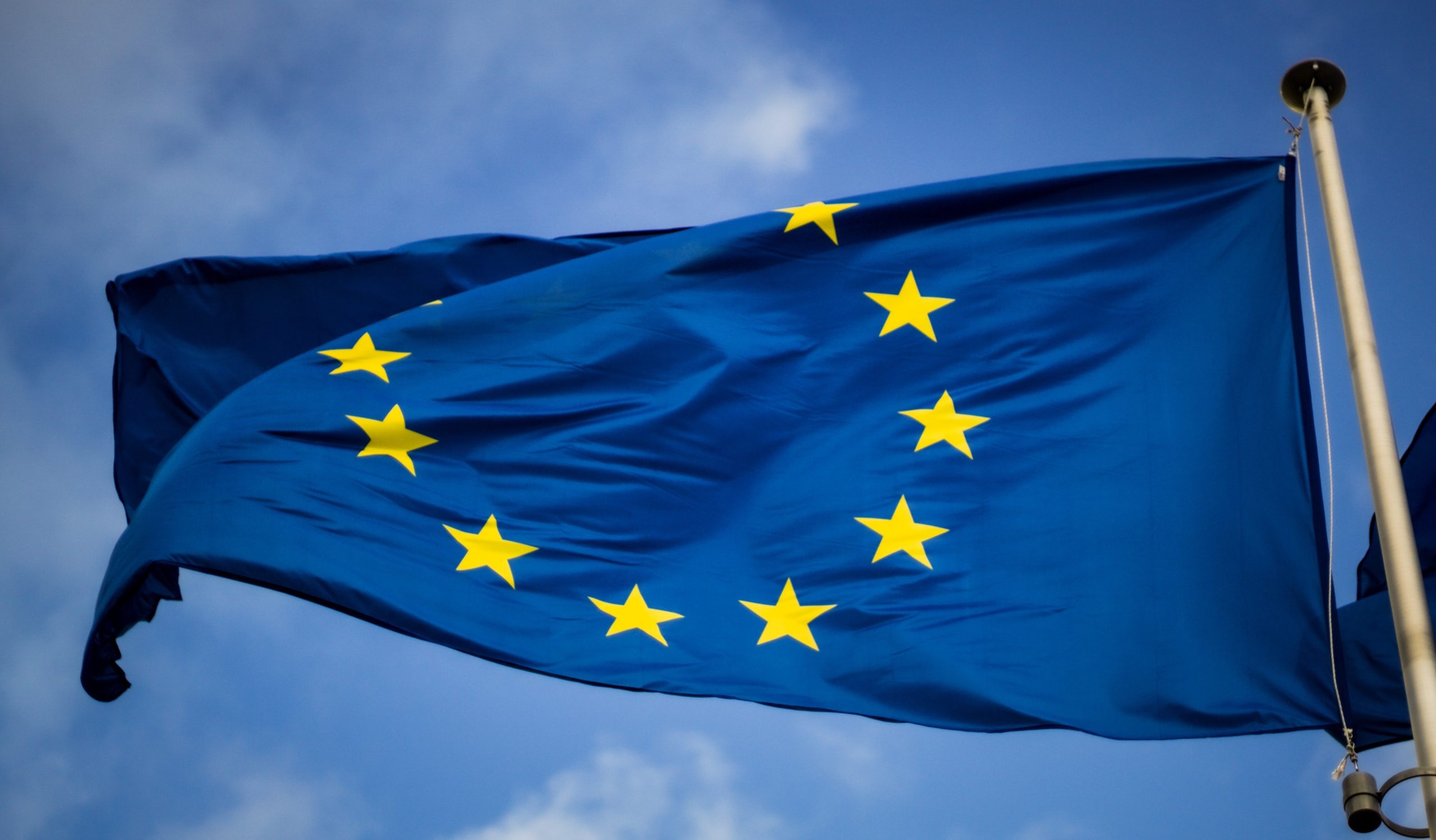This is a reposting of a comment first appeared on IP Osgoode available at this url.
Mabel Kyei is a JD candidate at Osgoode Hall Law School
In view of the recent Federal Court Order, the Canadian Intellectual Property Office (CIPO) will now accept applications for sound marks. This groundbreaking decision arises in recognition of the nearly nineteen year legal conflict with Metro-Goldwyn-Mayer Studios (MGM) whom, after an appeal of a CIPO decision in 2010, have now acquired the right to trade-mark the sound of a lion’s roar that appears at the beginning of their movies. The company has sought to register this trade-mark in Canada since 1992. The extent to which sounds can be registered does not include longer musical recordings, such as songs, given that longer recordings are protected by copyright.
Foreseeably, CIPO recently circulated a notice regarding the launch of a consultation period aimed at amending the Trade-marks Regulations under the authority of the Trade-marks Act. The proposed amendments included the acceptance of sounds, as well as holograms and motion marks as trade-marks. This development has introduced a dramatic change from the strict traditional threshold that trade-marks must be visual in nature, and clarifies that the absence of physical affixation due to the intangible nature of sound marks is not incompatible with trade-mark protection.
Section 27 and section 28 of the Regulations require trade-mark applicants to describe the details of the mark they wish to register. This introduces an interesting aspect of these new sound marks, such as the registration of a sound which would involve new requirements, such as a drawing that graphically represents the sound and a written description of the sound, among others (section 28.(1) a-d). Nevertheless, visual representations of the sound, such as waveforms and the shape and form of an aural signal, have been effectively utilized for trade-marks in other jurisdictions. As well, the potential for confusion in assessing between two sound marks is reasonable given the varying hearing opinions of the listener, but may be effectively treated using the same fundamental principles and logic presently applied to other types of marks for justifiable enforceability. The onus primarily lies with the applicant to ensure that the mark is represented sufficiently to enable the sound to be clearly articulated. These changes would implicitly recognize a willingness to accept unconventional marks.
The World Trade Organization’s Agreement on Trade-Related Aspects of Intellectual Property Rights (TRIPS Agreement) have long since broadened the legal definition of trade-marks to include ”any sign, or combination of signs, capable of distinguishing the goods or services of one undertaking from those of other undertakings. Where signs are not inherently capable of distinguishing the relevant goods or service, members may make registerability depend on distinctiveness acquired through use.”
A number of other countries have a comparatively widespread view of what constitutes a trade-mark by allowing the registration of non-traditional trade-marks. The United Kingdom, Germany, Italy, New Zealand and Australia have expressly included sound, for example, within trade-mark legislation. India recently granted their first sound mark to Sunnyvale, California-based Internet firm Yahoo Inc.’s three-note Yahoo yodel. There is no international consensus on whether a sound is protectable as a trade-mark, but for international companies such as Yahoo, or companies that maintain certain distinctive sound association such as the three-note bell of the TTC subways, sound marks would offer a greater protection of corporate identity.
Canada is finding itself increasingly isolated among the international community due to the outdated nature of our national trade-marks regime, including non-compliance with the Madrid Protocol or Singapore Treaty. As a result, Canada has been unable to keep the pace with trading partners. Introducing this amendment may enable new business practices, the adoption of international standards, and allow for easier response to global trading opportunities. This decision also paves the way for other non-traditional trade-marks.
CIPO has now evolved with the acceptance of sound marks, and are currently accepting consultation from interested stakeholders with regards to holograms and motion marks. The deadline to provide input is April 23, 2012.


